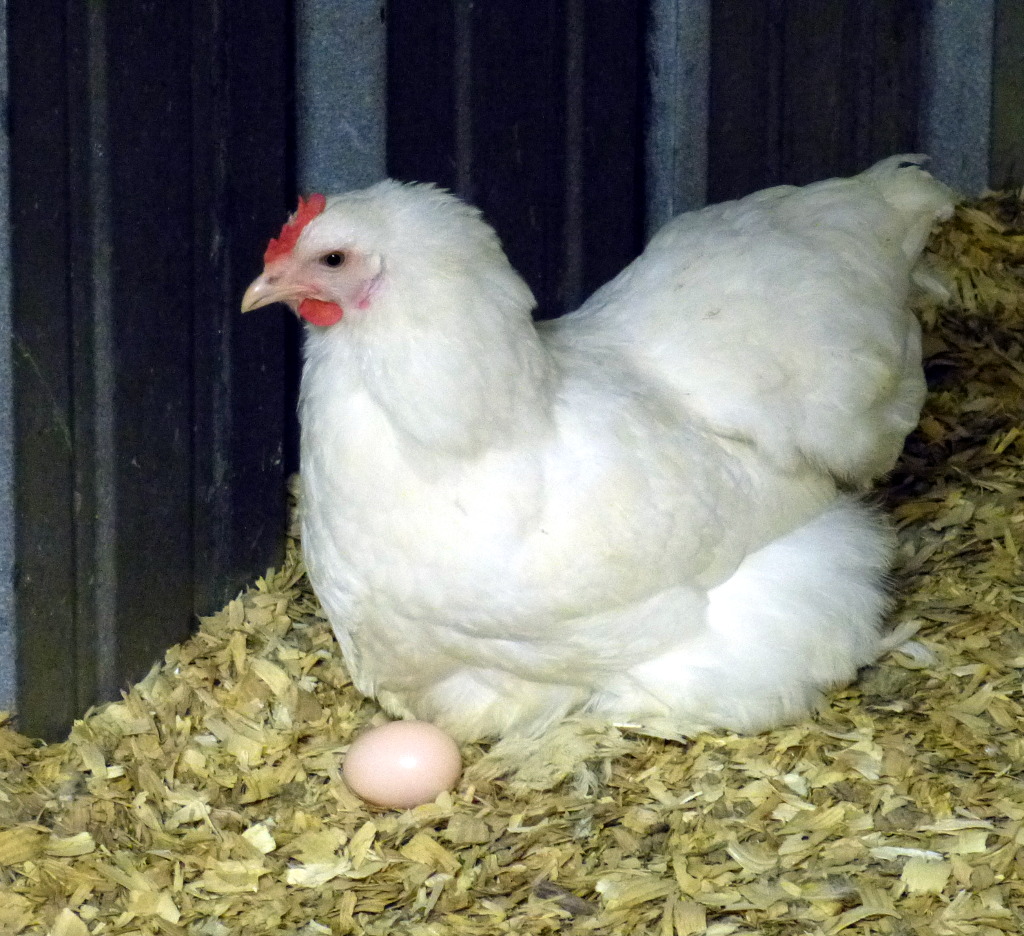It is normal for hens to go broody and some breeds are more prone to it than others. We thought we’d share some general information with you.
For those contemplating raising chickens or for the newbies, let’s start off with what broody means — it means that a hen wants to hatch her eggs and raise chickens. Broodiness is driven by several factors including genetics, hormone, instinct and lighting conditions. Some breeds will go broody every so often — including Buff Orpingtons, Cochins, Silkies and many of the Bantam breeds — while others are less likely to. Normally a hen will snap out of it after 21 days when the chickens hatch.
If You Only Have Hens
In the case of many urban flocks, you might only have hens in your flock. The eggs won’t be fertile and won’t hatch, so there is no point in letting the hen sit on those eggs. If you do want to hatch chicks under your broody hen, you may be able to get fertile eggs — possibly from someone in your area — and swap them out. The best time to do this is at night so that you do not disturb the hen any more than necessary. Gently remove the non-fertile eggs from beneath her and replace them with fertile eggs.
Let a Broody Hen Hatch Chicks
It is best to isolate your broody hen so she is not disturbed by the other chickens. It takes about 21 days for a hen to hatch eggs, and she will be sitting in a nest box for the majority of that time with few trips daily to get a drink, eat, and poop. One idea is to provide small waterer and a small feeder just for her.
As the hatch date draws near, be sure to also have on hand some starter feed for the chicks. Starter feed contains more protein than layer feed and is formulated to help the baby chicks grow properly. It will be fine for the broody hen, too.
As the baby chicks start to hatch, check on them frequently (several times a day) to make sure they are doing okay. Fire ants can be a problem in the southern states. If you encounter them, use an organic pesticide, such as Rotenone around the broody coop.
Let the broody hen sit for a few more days after the first hatch so that additional eggs can hatch. Candling the eggs can help you determine if they are developing correctly.
“Breaking” a Hen of Broodiness
As soon as you notice that your hen has gone broody, and you don’t want your hen to sit any longer, transfer her into a cage that is well lit and that has a wire mesh bottom made out of hardware cloth. The floor of the cage should be several feet off the ground. The idea is to make the cage not feel very private to the hen. As always, continue to provide her with food and water. Usually within a few days, she will cease to be broody, then you can unite her with the rest of the flock.
Handling Your Broody Hen
Broodiness is probably more annoying to you than the rest of your flock as the hens tend to become protective of their nests when they think you are going to take the eggs. If you have a hen that is broody and not hatching fertile eggs, it is best to disturb her when she is in her nesting box. Lift her off the nest several times a day or move to her a location without access to a nesting box. The idea is to make her uncomfortable so that she will get over the broodiness and begin ranging with the rest of the flock again. After a while she’ll begin laying eggs again.

